
The Farman FF 65 Sport was a French built light biplane, with a single engine and tandem seats, intended for sport and touring. First flown in 1919, it achieved modest sales at home and abroad in the early 1920s. Two unusual modifications produced a biplane glider and a low aspect ratio parasol wing machine.
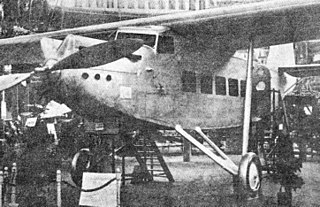
The Dewoitine D.30 was a ten-seat cantilever monoplane built in France in 1930. The D.30 was a single-engine aircraft but the second was completed as a trimotor and redesignated D.31.
The Dewoitine D.15 was a single-engine, single-seat biplane fighter aircraft built in France in the 1920s. Intended to offer structural simplifications when compared with monoplanes, it had a disappointing performance and was soon abandoned.
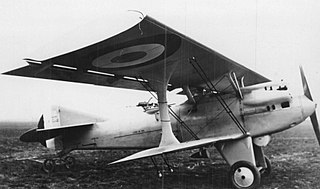
The Villiers XXIV or Villiers 24 CAN2 was a French army night fighter most notable as the first French military aircraft to be fitted with leading edge slats.

The SET 2 or Proto-SET 2 was a 1920s Romanian prototype reconnaissance and day-bomber aircraft.
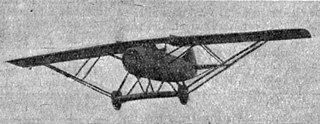
The Salmson-Béchereau SB-5 was a two-seat fighter aircraft built for a French government programme in 1925. Despite a powerful engine it did not perform well and only one was built.
The Peitz 101, aka Peitz Avionette, was a French, amateur-built, all-metal light aircraft, first flown during the winter of 1931–32.
The Romano R.16 was a three engine, high wing monoplane designed for policing and other rôles in France's African colonies.

The Dewoitine D.430 was a three-engine, high-wing monoplane designed for policing and other roles in France's colonies. It did not go into production.
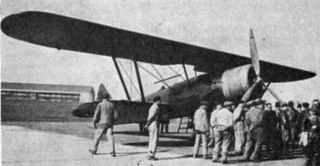
The Potez 50 or Potez 50 A2 was a French two seat military multi-rôle aircraft, first flown in 1931. It did not go into service but seven variants using five different engines were produced, one of them setting several speed with useful load records and another, the Potez 506, setting three altitude world records.

The Dewoitine D.480 was a French single engine side-by-side sports and training aircraft built in the early 1930s. Two were completed and flew with several different radial engines. One remained active through the 1950s.

The Nieuport-Delage NiD 740 was a French trimotor monoplane designed to carry night mail. Two were built in 1930.
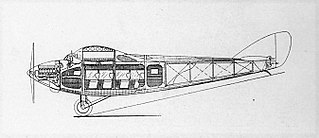
The Nieuport-Delage NiD 540 was a high wing, eight seat, single engine airliner, built in France and first flown in 1930. It did not reach production.
The Bréguet Colibri was a low power, single seat French monoplane designed to compete in a 1923 newspaper-sponsored contest between such aircraft. Only one was built.
The Peyret-le Prieur seaplane was a low power, two seat biplane floatplane trainer flown in France in 1924. It did not reach production.
The Potez 24 A.2 was a mid-1920s French biplane intended to replace the Potez 15 as an army observation aircraft. The further improved and larger Potez 25 was preferred for production.
The CPA 1 was a French twin-engined, parasol-winged bomber designed and built in the mid-1920s.

The Hanriot H.25 was a French, single-engined, six passenger airliner built in 1926. Only one was flown.
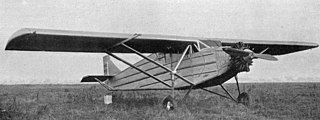
The Aviaméta 92 was a French, all-metal, five seat monoplane built in the late 1920s. Three different engines were fitted, and one example flew the first non-stop Paris-Algiers flight in preparation for an abandoned trans-Atlantic attempt.

The Albert A-10 was a four-seat French transport aircraft which could be rapidly converted into an air ambulance. Two or three examples were built between 1929 and 1932, using at least two different engines, but neither variant reached production.













